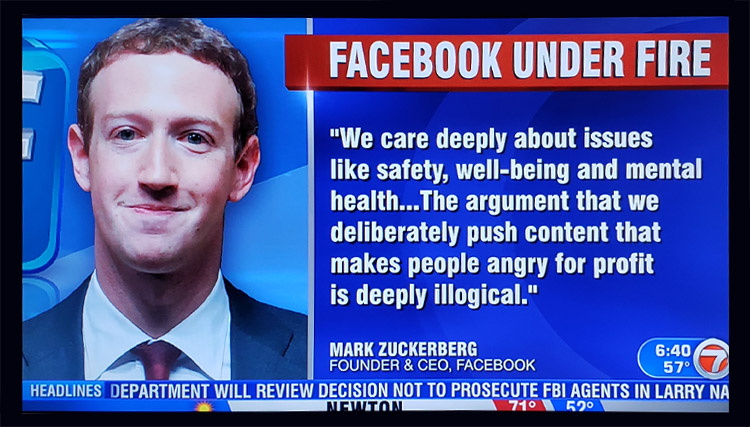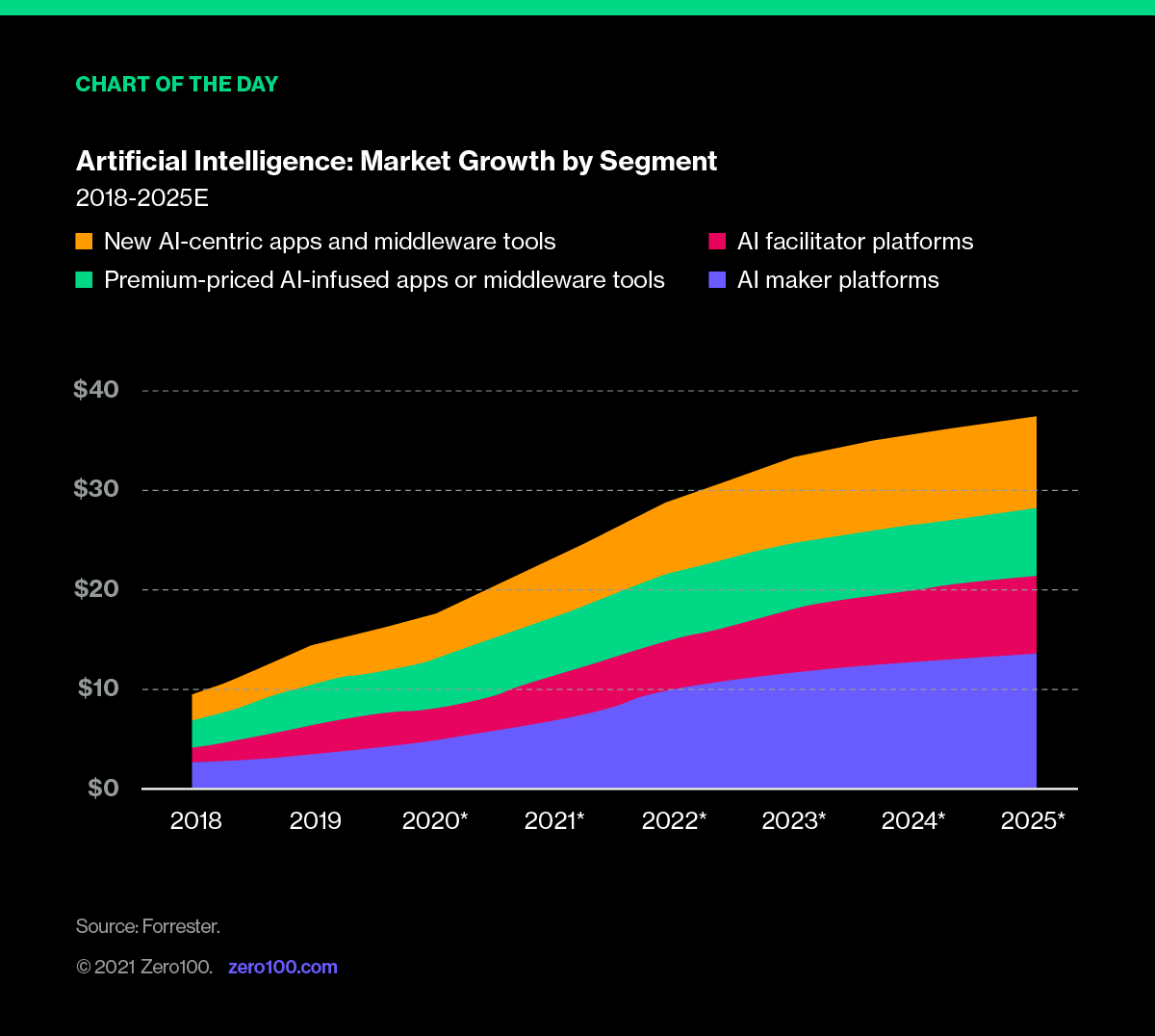
The Bright Side of FB’s Evil Algorithms?
Scrolling past the debate on regulating social media, it’s clear we’ll need some kind of compass to keep from doing with the digital revolution what we did with the industrial revolution in World Wars I and II.
Facebook's latest turn on the hot seat has crystallized a nearly unanimous call for change in its evil algorithms. Roddy Lindsay, a former Facebook data scientist wrote in a compelling essay for the New York Times that the answer was to rewrite Section 230, passed in 1996 by Congress to exempt social media companies from legal liability for user-generated content hosted on their sites. I think he's right, but I worry that this isn't enough.
The real problem is the target of Facebook's algorithms which are tuned to maximize “engagement”. The term sounds innocuous enough. In fact, it comes off as downright cuddly since engagement in common parlance means caring about something. In practice though, it translates into obsession, extremism, and anger. Mark Zuckerberg of course denies this, calling it “deeply illogical” that the company would “push content that makes people angry for profit”. Uh, yeah...unless making them angry increases their engagement. Well, I think we all know how this one ends.

Data for Evil
People on both sides of the political spectrum seem ready to bring down big tech. The combination of two specific tech advances described in Roddy's NYT essay makes it sound Orwellian:
“Personalization, spurred by mass collection of user data through web cookies and Big Data systems, and algorithmic amplification, the use of powerful artificial intelligence to select content shown to users.”
Yikes! And to think that these two technologies are riding waves of innovation in computing, machine vision, and networking that only accelerate what they can do if pointed at the wrong target. Which is the heart of Facebook's evil – engagement.

Engagement as measured by social media is literally synonymous with consuming the one truly scarce resource in our modern content economy: attention span. It's as if we were back on the prairie trying to kill as many buffalos as possible with the twin technology marvels of the rifle and the railroad. Do you trust Mark Zuckerberg with these tools? I don't.
Data for Good
Regulating Facebook looks likely, which is good. But what about the underlying technologies? Scroll ahead to a 5G world, with quantum computing, deep learning, and a trillion points of data capture and it's clear we'll need some kind of compass to keep from doing with the digital revolution what we did with the industrial revolution in World Wars I and II.
The ultimate answer is simply how we target our algorithms. Instead of targeting “engagement”, maybe we should target “regeneration” which would be about renewal of customer loyalty, environmental sustainability, and societal positivity. In terms of coopting consumers, especially the Greta Thunberg-inspired young, this presents a golden opportunity to show people exactly what happens upstream when they tug on the supply chain. If you care about climate change when you shop, the algorithm will serve you low carbon choices. If you care about social justice, it will serve you locally sourced, fair wage choices.
For old-school consumers who don't care or can't afford to care algorithms still serve a powerful role by guiding shoppers to items that meet their value-for-money needs, but without blowing the ESG budget by offering items based on low-cost country sourcing from half a world away. Leading brands like Unilever and Nike who've bet their credibility on social justice and sustainability have every reason to develop algorithms that drive shoppers this way.
The idea is not exactly new. Dell pioneered it in the early days of digital by managing its direct-to-consumer ecommerce site to feature inventory they had in stock rather than the full assortment. Amazon today runs a whole bunch of algorithms that serve stuff with an eye to fulfillment efficiency.
The big step will be blending established merchandising-for-efficiency techniques with item specific storytelling. Today we're guided to buy what's in stock and reminded of the sustainability bona-fides with labelling that make us feel good inside, but it's still not taking advantage of what Facebook does with content: personalization and algorithmic amplification.
When Wal-Mart starts to show customers buying paper towels and breakfast cereal exactly how their decisions affect the things they care about in the world, maybe then we'll see the good side of big data.
Critical Reading
FORTUNE
Reaching a Carbon-Neutral Supply Chain Won't Require Massive Price Hikes, Says Study
Commentary: Latest findings from BCG indicate modest price hikes (+1-4%) for the largest eight global supply chains to meet their 2050 carbon-neutral commitments.
#sustainability
TECH CRUNCH
GM, GE agree to develop rare earth materials used in EV manufacturing
Commentary: As Detroit continues its pivot to electric vehicles, partnerships of this type signal preventative measures to get ahead of the supply chain curve and applying lessons learned from the global chip shortage of 2020-21.
#REE #auto
THE NEW YORK TIMES
Fears of a ‘Bottleneck Recession': How Shortages Are Hurting Germany
Commentary: The concentration of net exports in manufacturing and trade may become a leading indicator of the length and severity of local recessions triggered by the supply chain crunch.
#manufacturing #europe